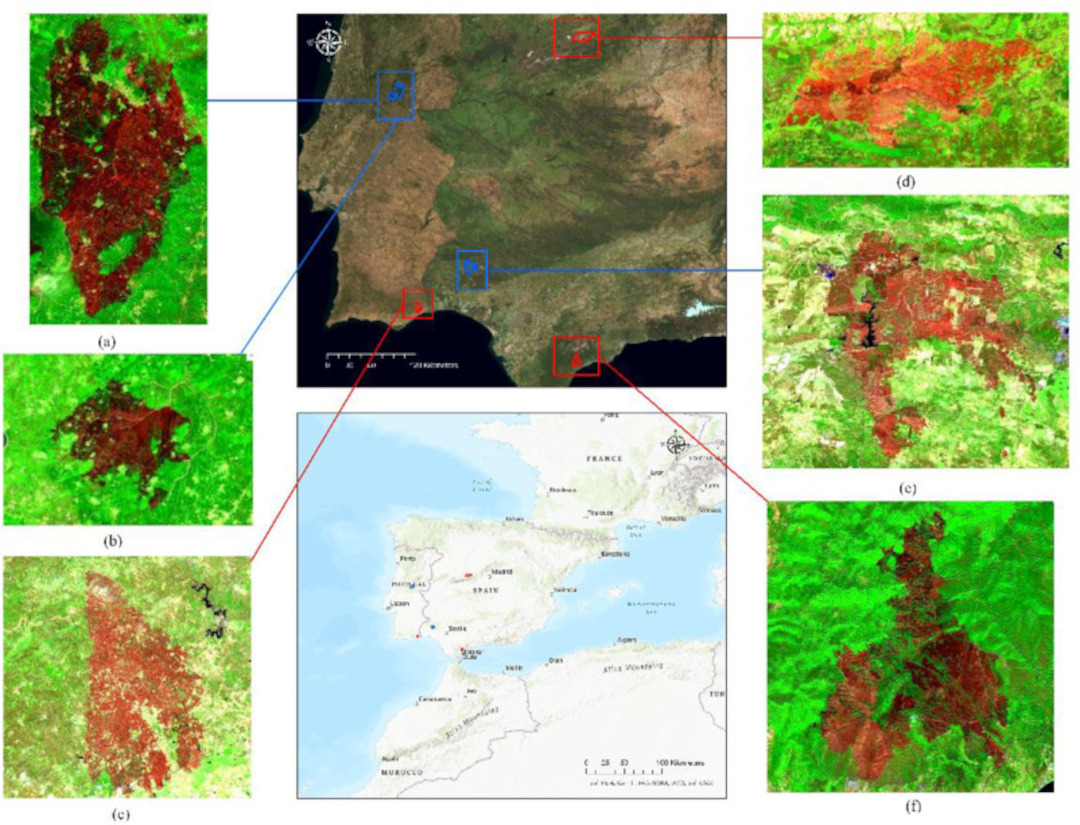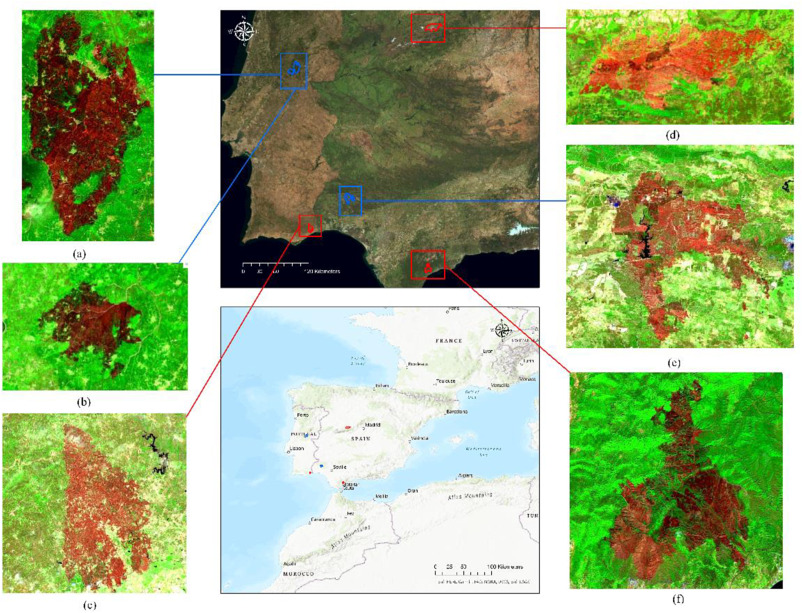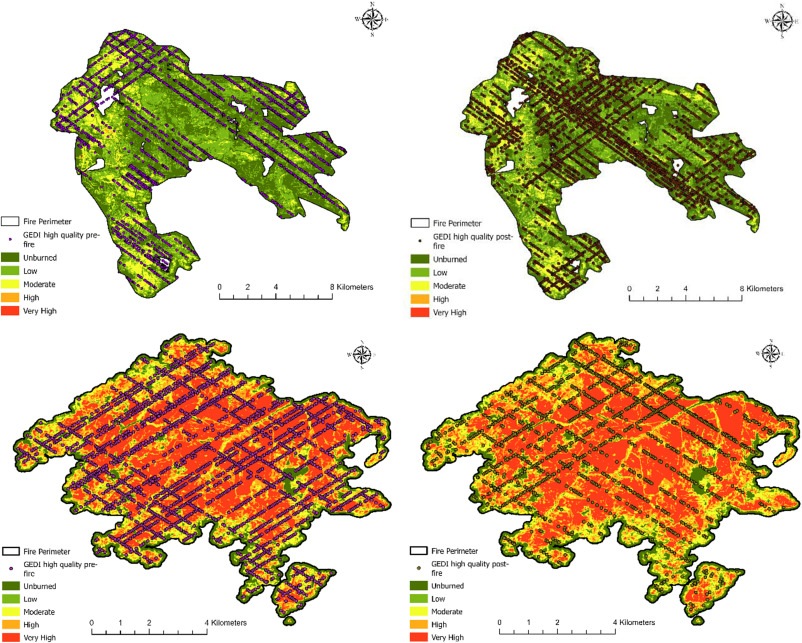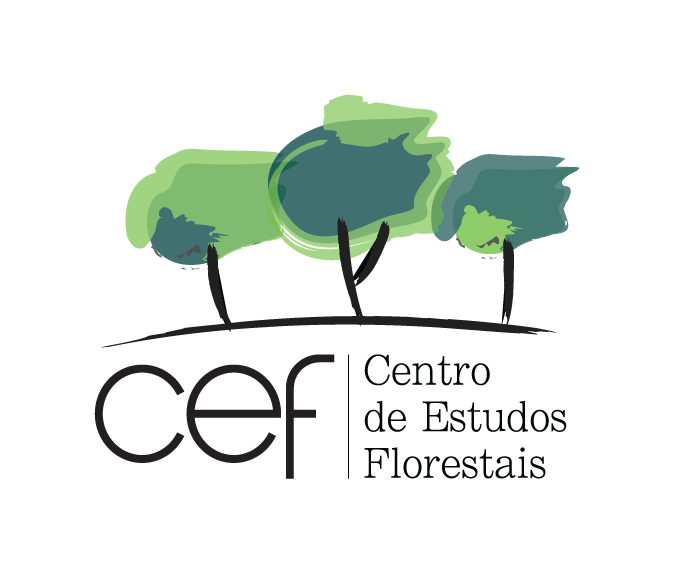
A paper led by Juan Guerra Hernández, a researcher in the ForEco group at the Centre for Forestry Studies (Centro de Estudos Florestais – CEF), and Adrian Pascual (University of Maryland) from NASA’s Global Ecosystem Dynamics Investigation (GEDI) mission evaluated the ability of full-wave LiDAR data obtained from space to support the quantification of biomass and structural changes induced by fire in large forest fires on the Iberian Peninsula.
The results suggest that GEDI is uniquely equipped to directly measure the impact of vegetation disturbances on vertical canopy structure and above-ground biomass. With the restart of the NASA mission, GEDI is expected to remain operational until 2030, which could support mapping fire severity, assessing the impacts of fires and monitoring the post-fire recovery of carbon pools at regional scales by the end of this decade.

The article also explored how to improve the characterisation of fire severity in Mediterranean forests.
“Impact of fire severity on forest structure and biomass stocks using NASA GEDI data. Insights from the 2020 and 2021 wildfire season in Spain and Portugal” is the title of the paper, which can be found online here.















